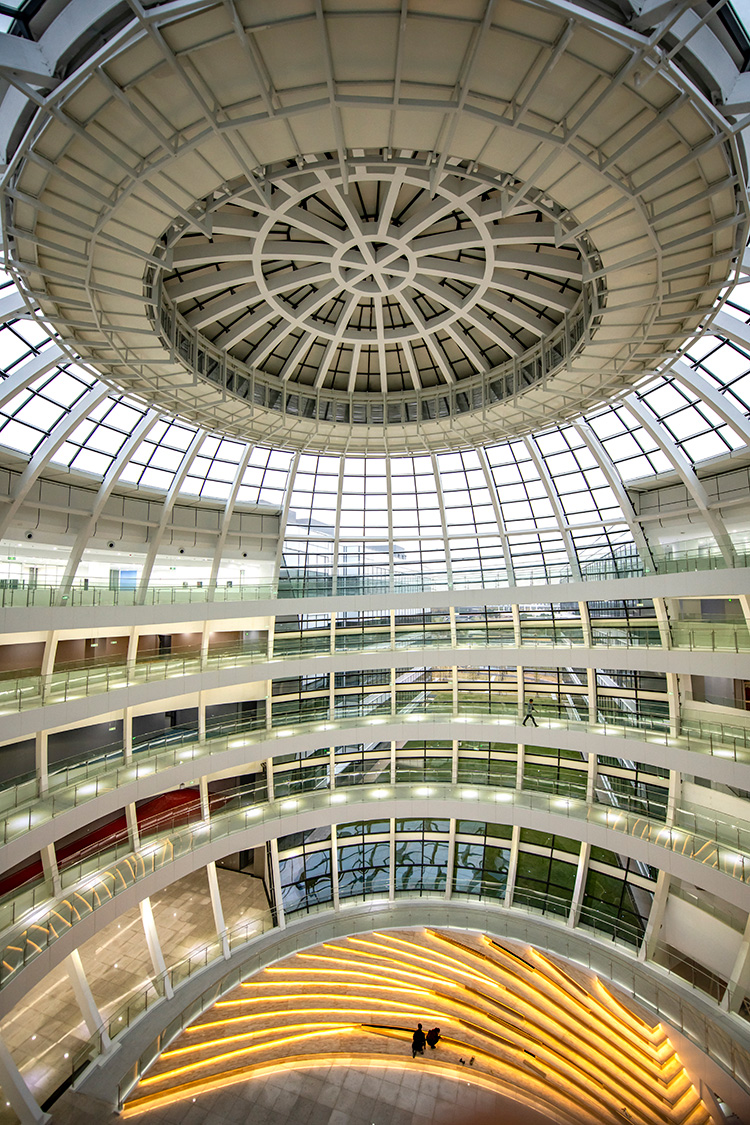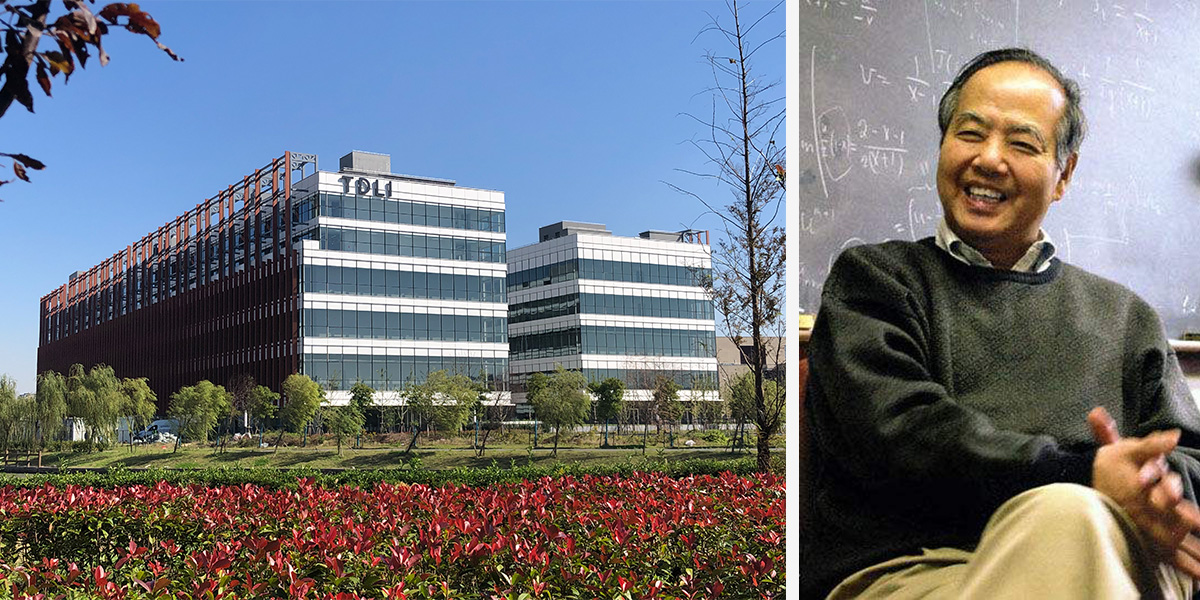
Tsung-Dao Lee, a Chinese physicist who won the Nobel Prize in Physics, advocated the need for a world-class scientific research facility in China to the Chinese government in 2014, and the decision was made to establish the Tsung-Dao Lee Institute in 2016 with the support of national ministries and the Shanghai municipal government.
Tsung-Dao Lee was born in Shanghai, and after completing his university education in China, he moved to the United States, where he earned his degree from the University of Chicago in 1950. Then he joined the Institute for Advanced Study in Princeton, where he demonstrated the theory of non-conservation of parity in the weak interaction of elementary particles, and was awarded the Nobel Prize in Physics in 1957.
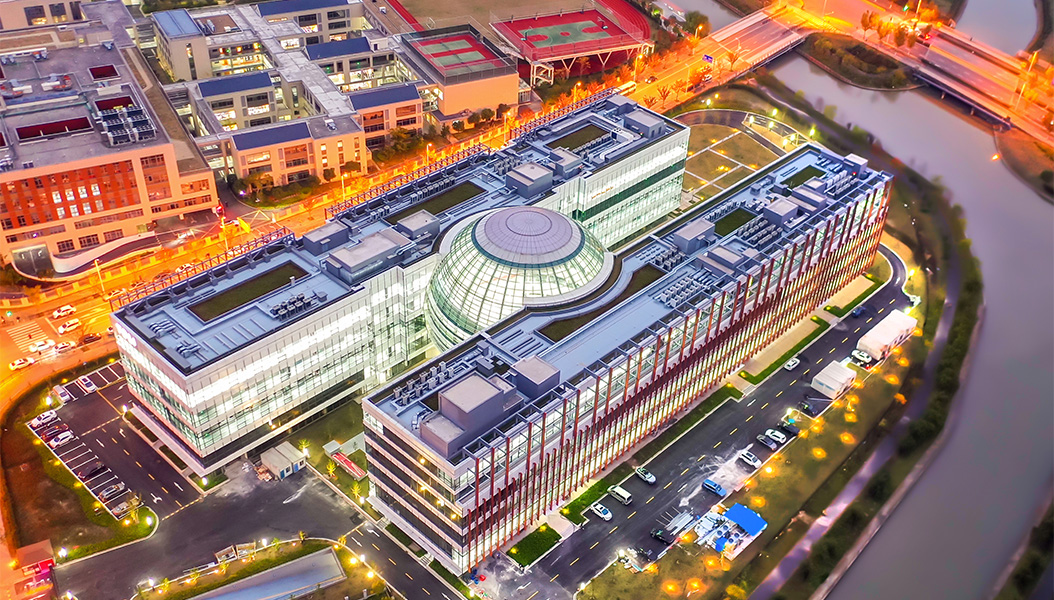
This institute, newly established as a national priority project, aims to become an international research center that leads the world in physics, astronomy, and their interdisciplinary fields, and has created an excellent research environment for scientists around the world to achieve innovation.The government will also provide intensive support for initiatives to provide a nuturing environment for young researchers to develop their talents and produce outstanding researchers who will lead the country in the future.
In terms of research fields, the institute focuses on carefully selected research themes in the basic sciences that have a significant impact on the development of society and economy, and elucidates mechanisms of inexplicable inexplicable areas including the Black Hole, dark matter, and neutrino in the fields of particle and nuclear physics, astronomy and astrophysics, and basic quantum science.
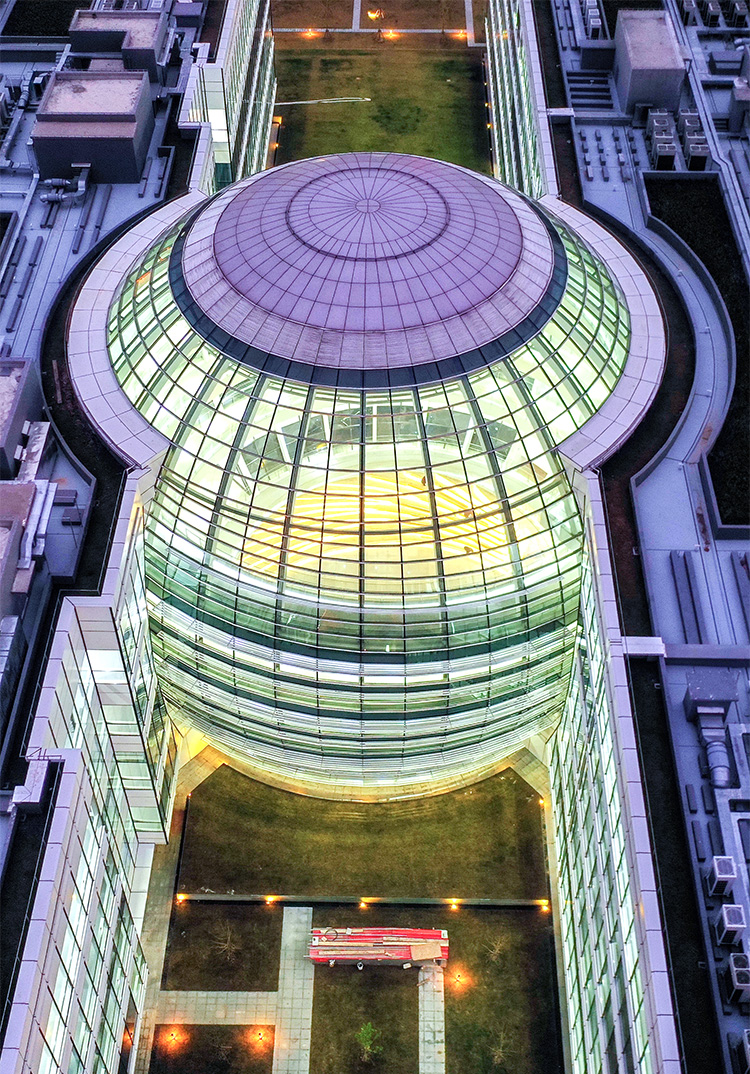
The main facade serving as the face of the institute along the road consists of three symbopic blocks, and the symbolic dome-shaped atrium in the center is designed to serve as a new landmark based on the image of the universe symbolizing the institute of literature and physics.
In order to create an environment where scientists can conduct their research smoothly on a daily basis, the north and south wings are designed with a simple and systematic floor plan. Laboratories are divided into separate wings and clearly zoned to maintain independence, yet at the same time allow for easy interaction.The central sphere is a functional shared space to promote sharing activities and interactions.The interior of the sphere is designed with a highly convenient circulation plan that allows smooth movement to each floor on the north and south sides via spiral ramps, and a lounge space on each floor facing the spiral ramp is designed to stimulate discussions among researchers.
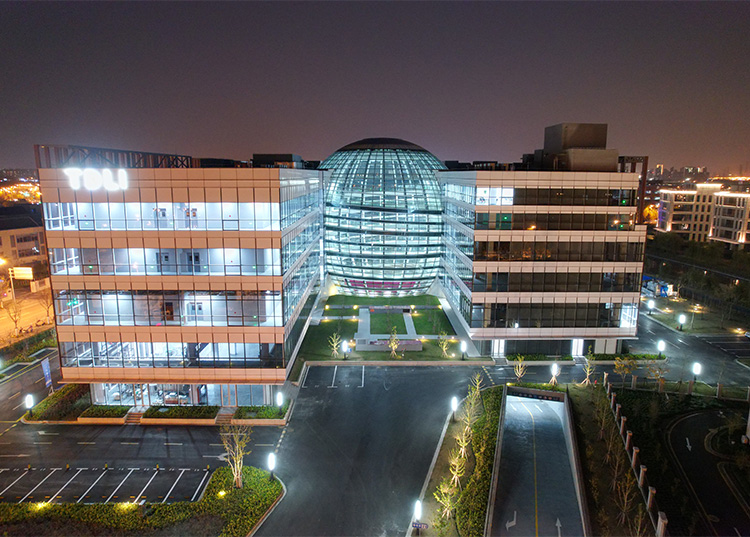
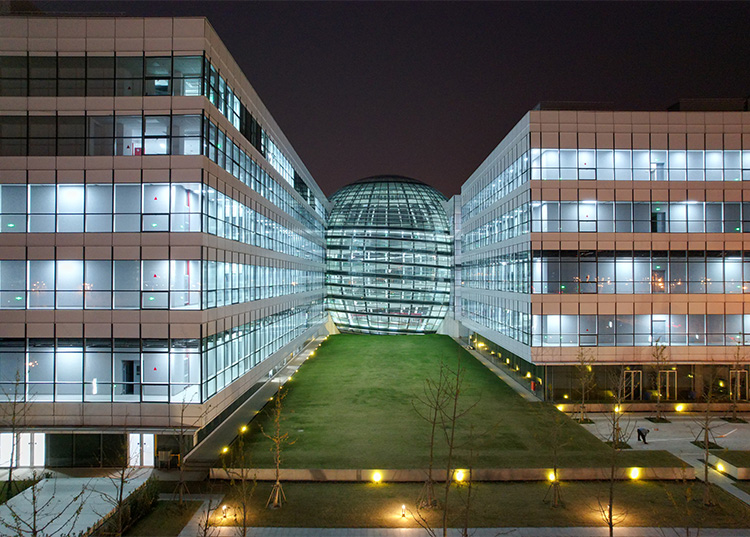
For the interior space of the sphere, we proposed the "Eco Globe" that induces natural ventilation and employs a reasonably simplified structure to avoid complications in construction. The south and north facades feature terra cotta louvers in the university's school colors to let in plenty of breezes and natural light, as well as high thermal insulating glass to save energy. For the landscape, we have created an attractive plaza space that welcomes people from all over the world, and a forest-like green space connected to a promenade.The heat released from supercomputers, indispensable for space research, is reused for the head supply system that keeps the central dome warm during the winter season, thereby achieving a research institute that respects the global environment.
As a focal point for world-leading research, the Tsung-Dao Lee Institute is expected to develop new science and generate groundbreaking innovations.
